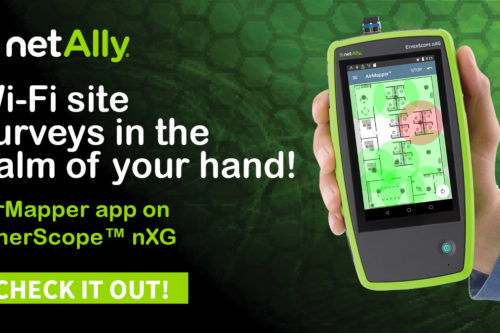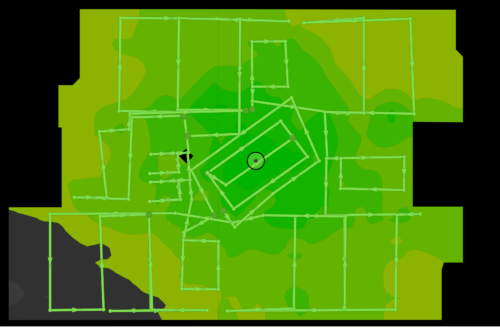I’m sure by now most have seen this story from various sources where the girl’s pregnancy was figured out by Target using analytic data before her dad knew. Now we are starting to see a trend with wireless where we can get location analytics that allows stores and venue operators to understand traffic flow, dwell times, and other data using your wireless device as the identifier. Cisco recently acquired a company called ThinkSmart which operated heavily in this new area of focus for wireless called location analytics. I recently had a great opportunity to interview the CEO of ThinkSmart for my podcast over at NSAShow.com. Cisco is branded this acquisition as the Cisco Connected Mobile Experience. But why do we need a connected mobile experience? What does this give the patron that isn’t already there today by way of loyalty cards and mailers? One thing to remember as we discuss this topic is that this isn’t about how many meter/feet accuracy the location gives you, analytics would mostly be a zone based location solution.
In order to understand the need for location analytics there are a few challenges that one is presented with:
- Business and venue operators face increasing pressures from changing business landscape.
- Business operates have very limited visibility into their business environments. Where, when, and how do people move around the venue?
The key is to understanding what can we do with the data once we have it. How can someone solve those challenges with location analytics? Finding the most optimum walking path is key for large venues. How does the traffic flow at the beginning, during, and end of an event? Do we need to find more efficient routes of moving people around? With the move towards online shopping brick and mortar stores need to find new ways to keep people in their stores and buying, not window shopping. As we move towards a digital shopping experience with NFC, PayPal at the checkout, and personal payment channels like Square we need retailers to adapt and improve their methods of connecting to their patrons.
There really are a couple of trends that are driving this right now that helps us overcome those challenges:
- Explosion of mobile devices and BYOD connecting everyone, everywhere, all of the time.
- WLAN networks are becoming increasingly sophisticated enabling new capabilities and services.
The onslaught of mobile devices such as smartphones and tablets has changed the shopping experience. I can now look-up and compare prices quickly and easily. It’s very rare that you find someone that doesn’t have a smartphone these days and that doesn’t use it for at least window shopping comparisons. Venues are looking at ways to build these new robust wireless networks that we as consumers expect to have access to.
So what is it really? We can break location analytics down into three sections:
Detect the presence in the venue. First we need to detect the patron and where they are. We can do this by listening for the wireless probes that a smart device sends when looking for a wireless network. We can also use the MSAP protocol to assist in getting people to realize there’s an experience here.
Connect, understand network utilization, peak usage, number and types of devices on the network. How can we quickly and easily offer wireless services to the patron to get them on our wireless network? We don’t want the patron to have to burn through their cellular data, albeit we are talking small amounts of traffic.
Engage allow insights into customer online and onsite behavior, most traffic paths, dwell times, location density etc. At this point once we have detected the patron and allowed them to connect we want to engage with them. This would be through an application that runs on their smart device tailoring the product information to them as part of a loyalty program for example. We can even provide them with a GPS like navigation to where something is in the store in relationship to their location.
At the end of the day though there is a huge concern here, are we giving up privacy at the sake of what? If we simply don’t join a loyalty program at most the venue is allowed to record a MAC address as an identifier, this doesn’t really associate you in any shape or form so there really isn’t a privacy concern. A venue doesn’t know a MAC is a person. Now when we couple a loyalty program with the MAC though we run into the concerns about privacy. The fact that one can easily spoof a MAC could introduce some fun loyalty program games creating false advertising directed at an individual or profiling to occur. This technology is relatively young so it’ll be interesting to see how it pans out.



